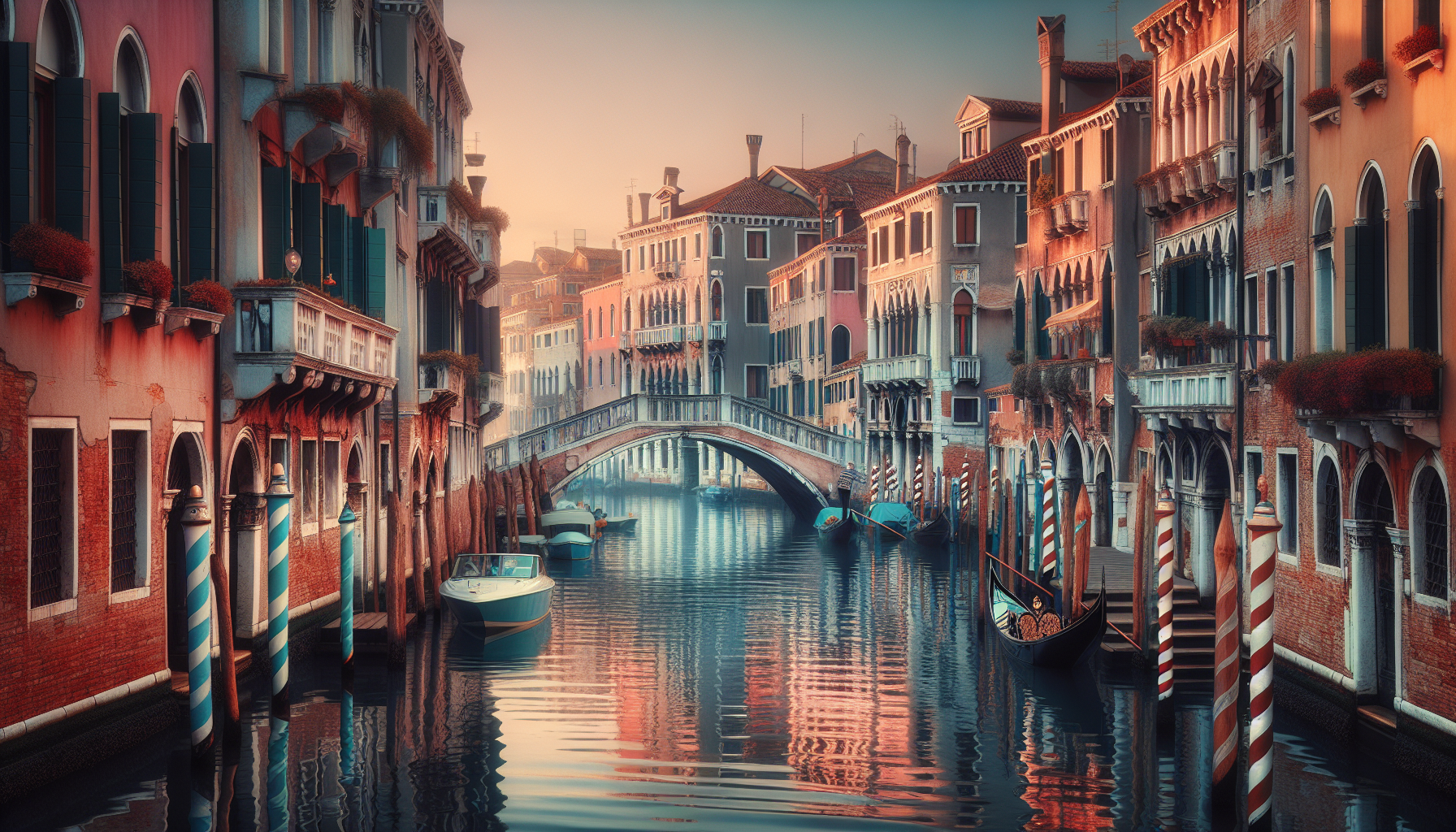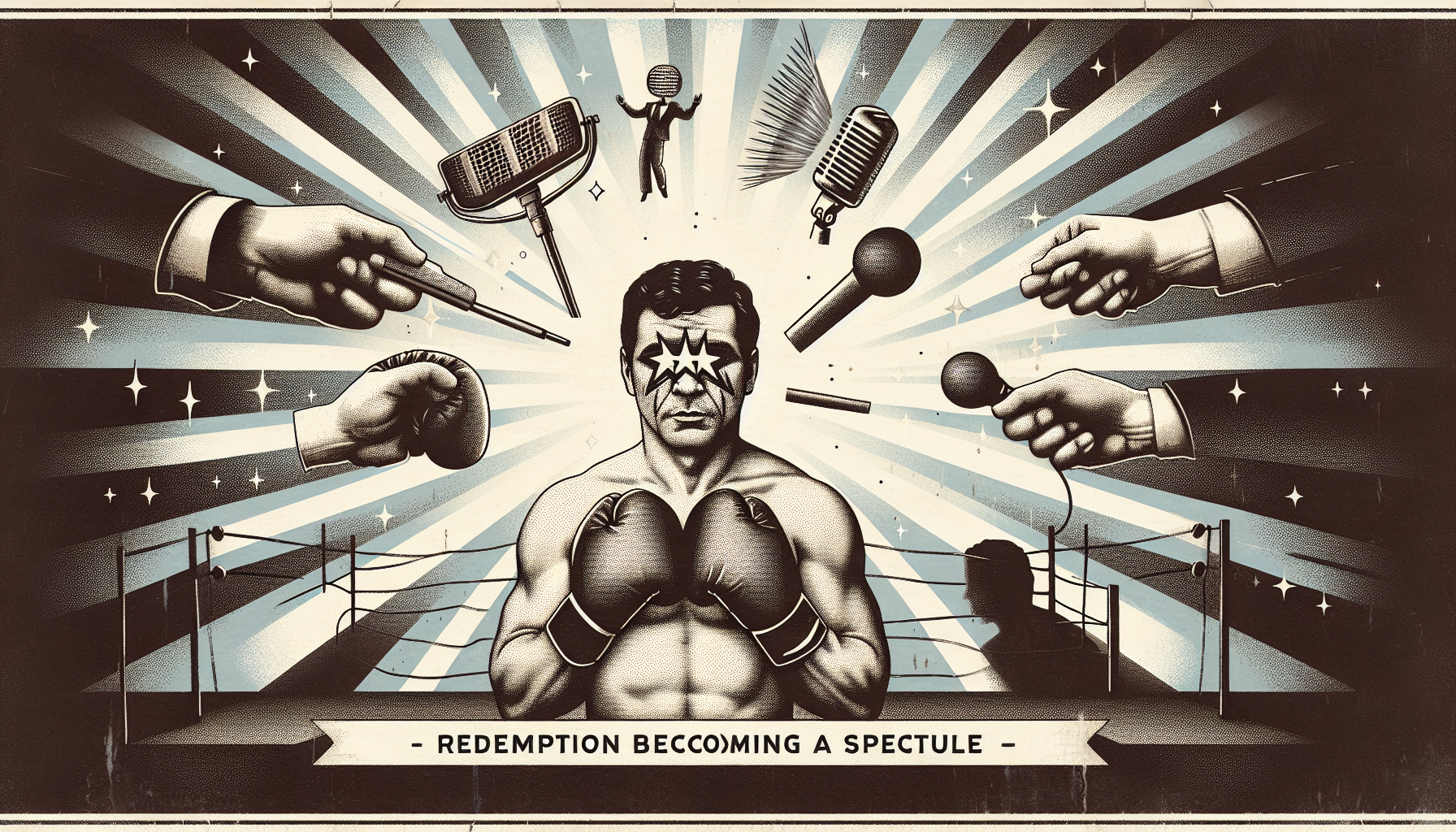Title: Venice’s Price of Beauty: When a City Charges for the Privilege of Being Loved
Dear traveler of thoughts and thoroughfares,
Imagine falling in love with a place so fiercely, you forget it was never yours to keep. Venice—La Serenissima, the floating city, the delicate dream woven from water and stone—has long been the object of such affection. But what happens when that love turns suffocating? When gestures of admiration become acts of erosion? As of April 2025, Venice has started responding with the equivalent of a polite but firm boundary: a €10 access fee, or €5 if you ask nicely in advance.
A Monet with a Turnstile
Let us be clear, dear reader: this is no ordinary tourist tax. What Venice has initiated is the world’s first urban admission charge—a velvet rope for Renaissance alleyways. The fee applies only on select spring and summer days between 8:30am and 4:00pm, but the implications are far-reaching.
Daytrippers now must pre-register like concertgoers seeking orchestra seats. Without a QR-coded permit, you risk a €150 fine coursing through the cobbled veins of the city. Think of it as booking a moment with a living postcard, and failing to RSVP.
This may sound like dystopian bureaucracy, but to the city council and campaigners against overtourism, it’s the equivalent of museum glass—a way to preserve the masterpiece without dimming its light.
So why now? Why Venice?
Because Beauty Can Be Broken
Venice, let’s not forget, is a living paradox: impossibly romantic, yet terrifyingly fragile. Its canals shimmer with reflected splendor but hide a thousand structural wounds beneath. According to UNESCO, the city is dangerously close to losing its "Outstanding Universal Value." That's bureaucracy-speak for, “this place is in trouble.”
With over 30 million tourists flooding the city each year—70% of them staying for less than a day—Venice has become less a place to live and more a stage set for Insta-fueled escapism. And like all things curated for consumption, its soul risks distortion.
Beyond the Gondola Selfies
Consider Rome on a weekday morning. Paris in peak summer. New York's Times Square any hour of the day. All overwhelmed, yes—but none are islands. Venice, cradled by lagoon and legend, has no highways or metros to absorb the crowd. A single cruise ship can pour thousands into its veins in minutes. And thus, the fee.
But don’t mistake this for profiteering. Officials insist that revenues are only meant to maintain order—not pad budgets. And if that sounds idealistic in these cynical times, perhaps it is. Perhaps, too, that’s precisely why it matters.
“It's a museum in the open air,” said Arianna Fracasso, the city’s transport and tourism official. That sentence lingers like perfume. Because when a city announces it must treat itself like an artefact—carefully handled, occasionally cordoned off—it suggests something sorrowful but necessary: it can no longer trust our love to come without cost.
A Tale from the City of Light, Shadow, and Strategy
Here's a true story. Last summer, a group of American backpackers arrived in Venice at 8am, planning to spend just five hours before catching a train to Florence. Their €5 fee felt minor amid train fares and espresso shots with absurd lagoon views. Yet, hearing a steward near the Santa Lucia train station say, “Without permit, we say goodbye,” one of them muttered, “This place just became a theme park.”
And maybe, in a way, he was right. But compare that to souvenirs made in China labeled “Made in Venice,” or pizzerias with LED menus. The line between preservation and performance is already blurred. The access fee simply acknowledges it.
Can Other Cities Follow?
Short answer: no, not easily.
Venice is uniquely poised to pull off this type of regulation. There's only so many bridges in, so few portals from land to lagoon. Amsterdam or Barcelona could try, but in cities of winding sprawl and porous borders, enforcement becomes a bureaucratic Rubik’s cube.
Still, the gaze has turned. Cities watching from the sidelines—Dubrovnik, Kyoto, even parts of Iceland—are quietly scribbling notes titled "Venetian Precautions."
What This Teaches Us (If We’re Listening)
You may roll your eyes. You may scoff at the price of admission. But we are no longer mere visitors in an open world—we are participants in the ongoing negotiation between culture and commerce, legacy and lifestyle.
The Venice access fee is not simply a fine or formalism. It is a philosophical checkpoint. A question whispered in gondola echoes: What is the value of wonder, and who should pay to keep it alive?
Visit, if you will. Pay your charge. Breathe in the Basilica and lose yourself in pastel reflections. But remember, dear wanderer—no place, however immortal in marble and myth, can keep giving without asking something in return. Even the floating city, it seems, needs a lifeboat.
Yours in careful footsteps and slow travel,
A Watcher of Worn Streets and Wiser Scripts.

